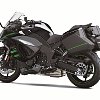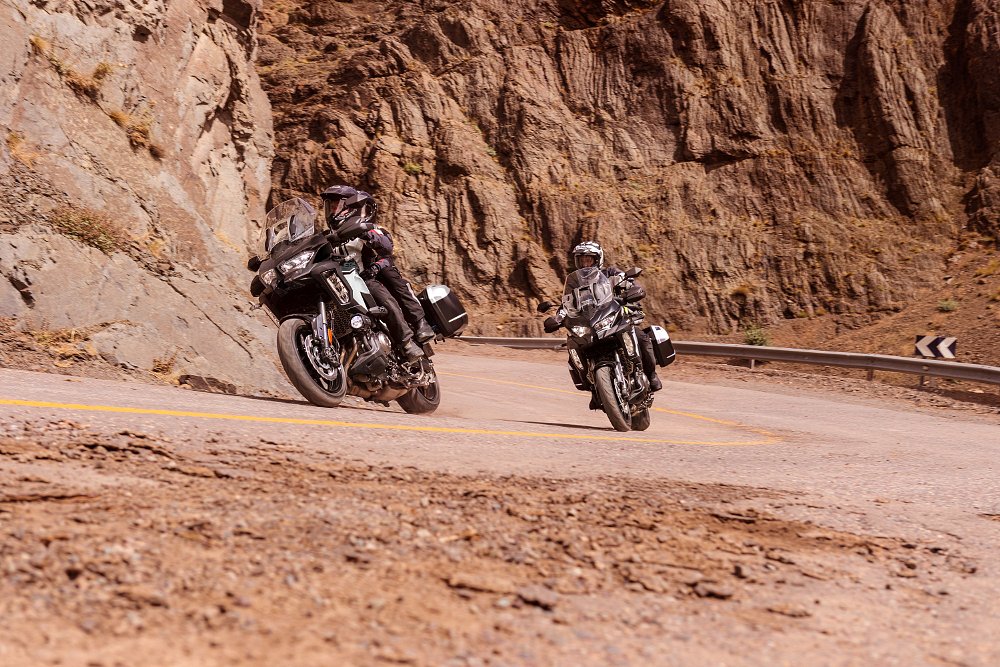Lemmy recently wrote an article that we would have called, back in my newspaper days, "a thumbsucker." That's when you sit around and suck your thumb and think about something and put your thoughts down in words. Lots of exposition, little plot.
Lemmy's piece was about what makes a motorcycle a flagship these days, and part of what spurred that thumbsucking was the unusual fact that Kawasaki has four motorcycles I would clearly class as sport-touring motorcycles in its lineup. I'm a fan of bikes that combine real performance with the capability to actually take you someplace, maybe a very distant place, in comfort and with competence, so I pay lots of attention to the sport-touring class. After I rode thousands of miles and reviewed the significantly upgraded Kawasaki Versys 1000 SE LT+ this summer, it left me wondering how long Kawasaki would keep offering four sport-tourers.
So, to finally wander around to my point, I was pleased to see that Kawasaki has again decided to upgrade, rather than ax, the sportiest-touring model in its sport-touring lineup, the Ninja 1000. Just days ago, rumors were going around in Kawasaki forums that the bike would not be back for the 2020 model year, but it's alive and improved.
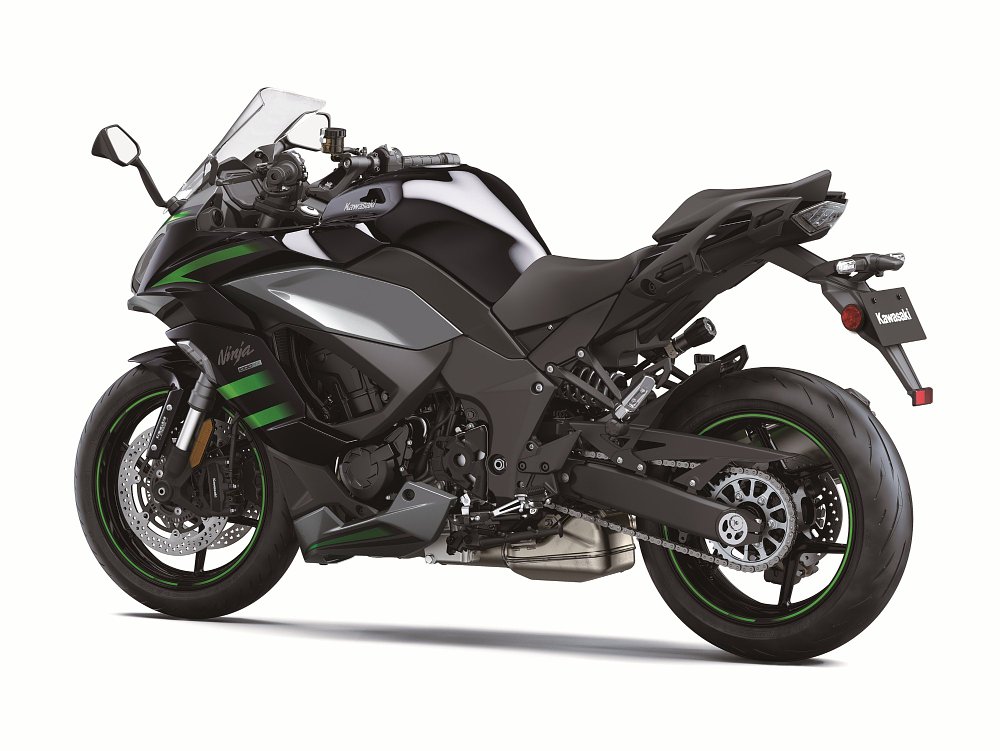
The 2020 Ninja 1000SX (it gained a suffix) gets some of the same upgrades the Versys got last year, including cruise control and a quickshifter. Also like the Versys, the Ninja gets four rider modes: Sport, Road, Rain and Rider, the last of which is intended to be a custom setting the owner can fine-tune to his or her preferences.
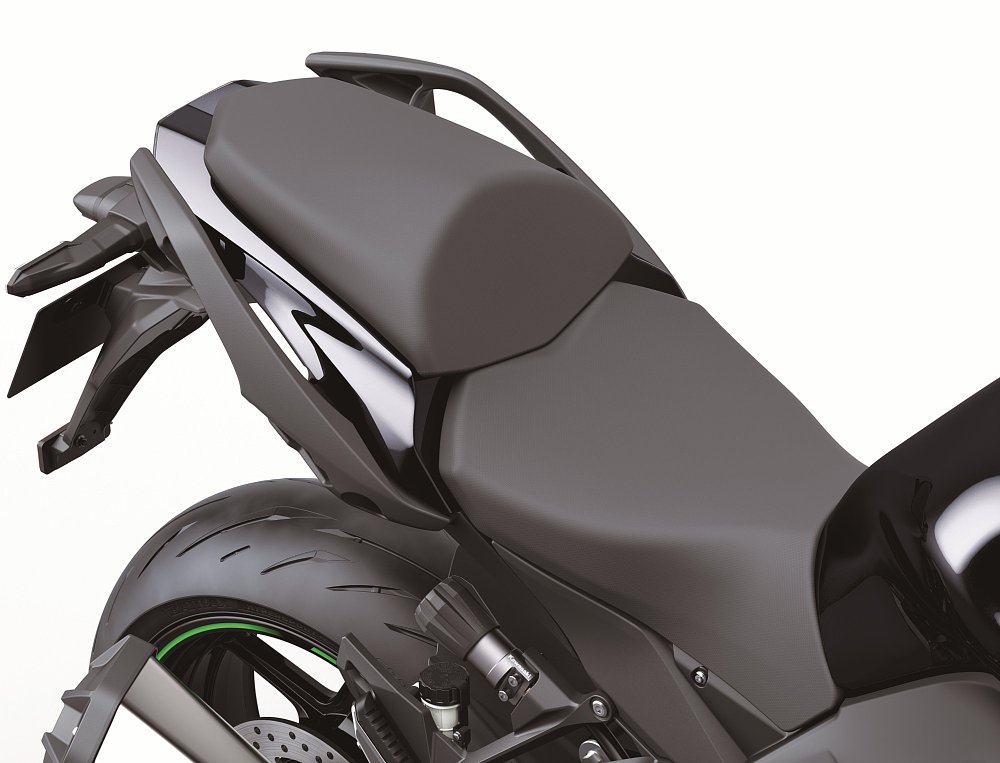
Based on the reader comments I've seen on our stories, I've come to realize just how important cruise control is to a lot of long-distance riders. Going along with the electronic cruise control on the 1000SX are electronic throttle valves operated by an electronic sensor on the throttle. No cable. Kawasaki assures, however, that the feel simulates what we're all used to.
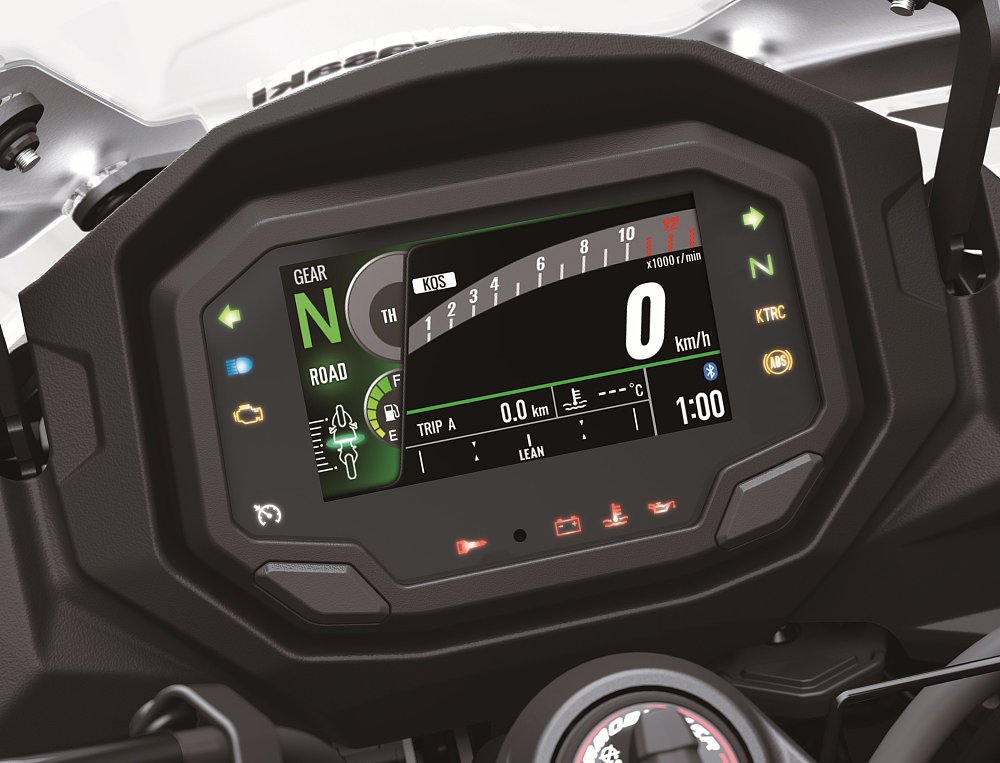
The Ninja also gets an upgrade in the form of a new 4.3-inch TFT full-color display that also works with Rideology the App, Kawasaki's app for integrating your smartphone and the motorcycle, allowing you to track stats on your ride and map your route.
The windshield and fairing are redesigned and — a big improvement to my eye — the dual, clunky-looking exhausts the Ninja 1000 has had for years have finally been replaced by a single exhaust can. Spurgeon will no longer complain about his heels hitting the exhaust.
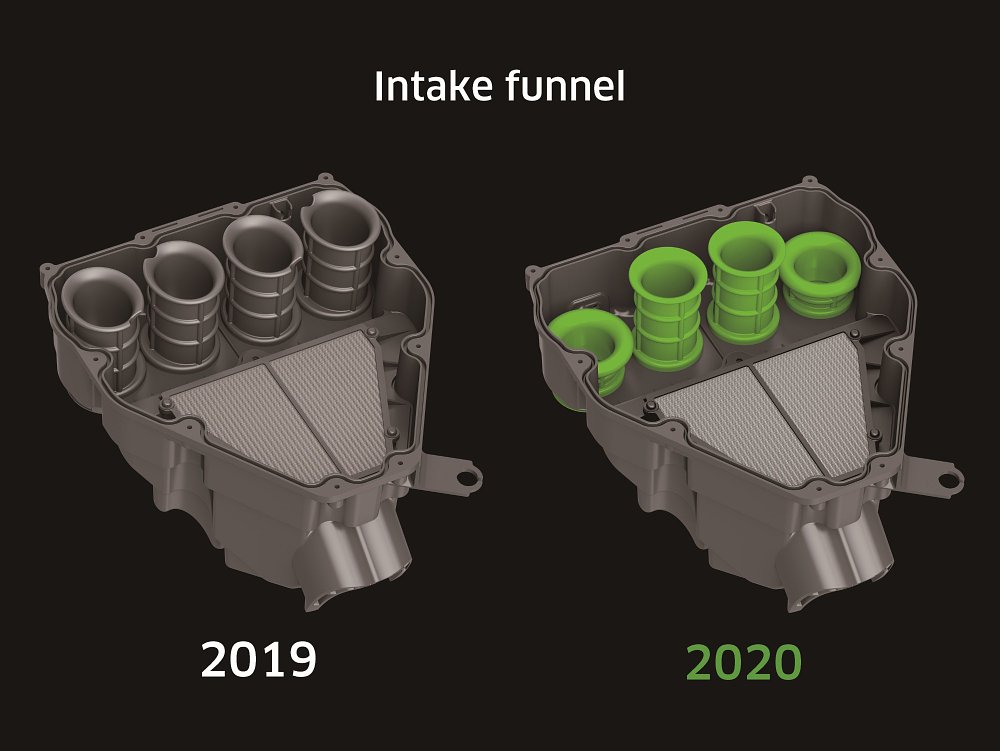
Other tweaks to the engine were aimed at reducing vibration and making the ride smoother, as well as meeting the new European emissions standards.
The color for 2020 is metallic graphite gray with metallic Diablo black and the MSRP is $12,399. My personal opinion, which you didn't ask for, is that the last thing the motorcycle world needs in 2020 is yet another gray bike, but I do think the price is interesting. Having ridden an earlier generation Ninja 1000, I can tell you this bike provides a lot of capability and performance for the money, especially when fitted with the Kawasaki locking panniers.
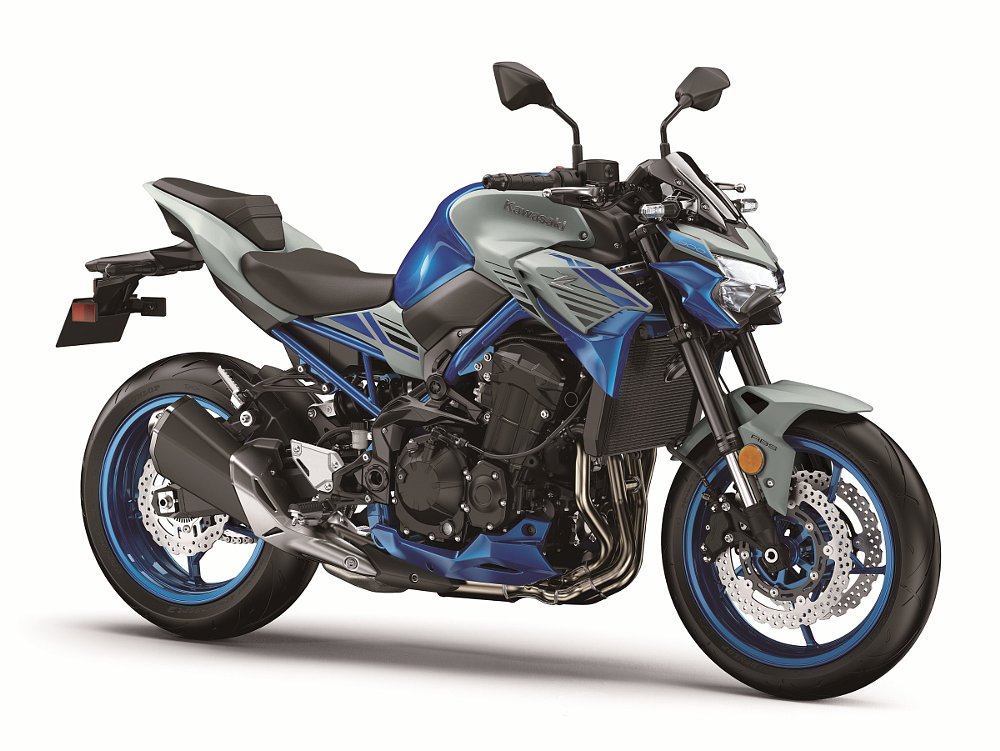
We fans of the sport-touring class are notoriously hard to please, and the class has dwindled and evolved as many riders drifted off to try adventure-tourers or street bikes with no off-road pretensions but most of the style, height and ergonomics of the ADV bikes, such as the aforementioned Versys 1000, the Ducati Multistrada, the Yamaha Tracer and others. It used to be that sport-tourers were a sport bike made more comfortable and equipped to carry necessities, and the Ninja 1000SX is true to that traditional formula. I would hate to see that style of bike fade to extinction, so I'm pleased that the Kawasaki sport-tourer that's both the lightest and least expensive in the lineup is back for another year.





